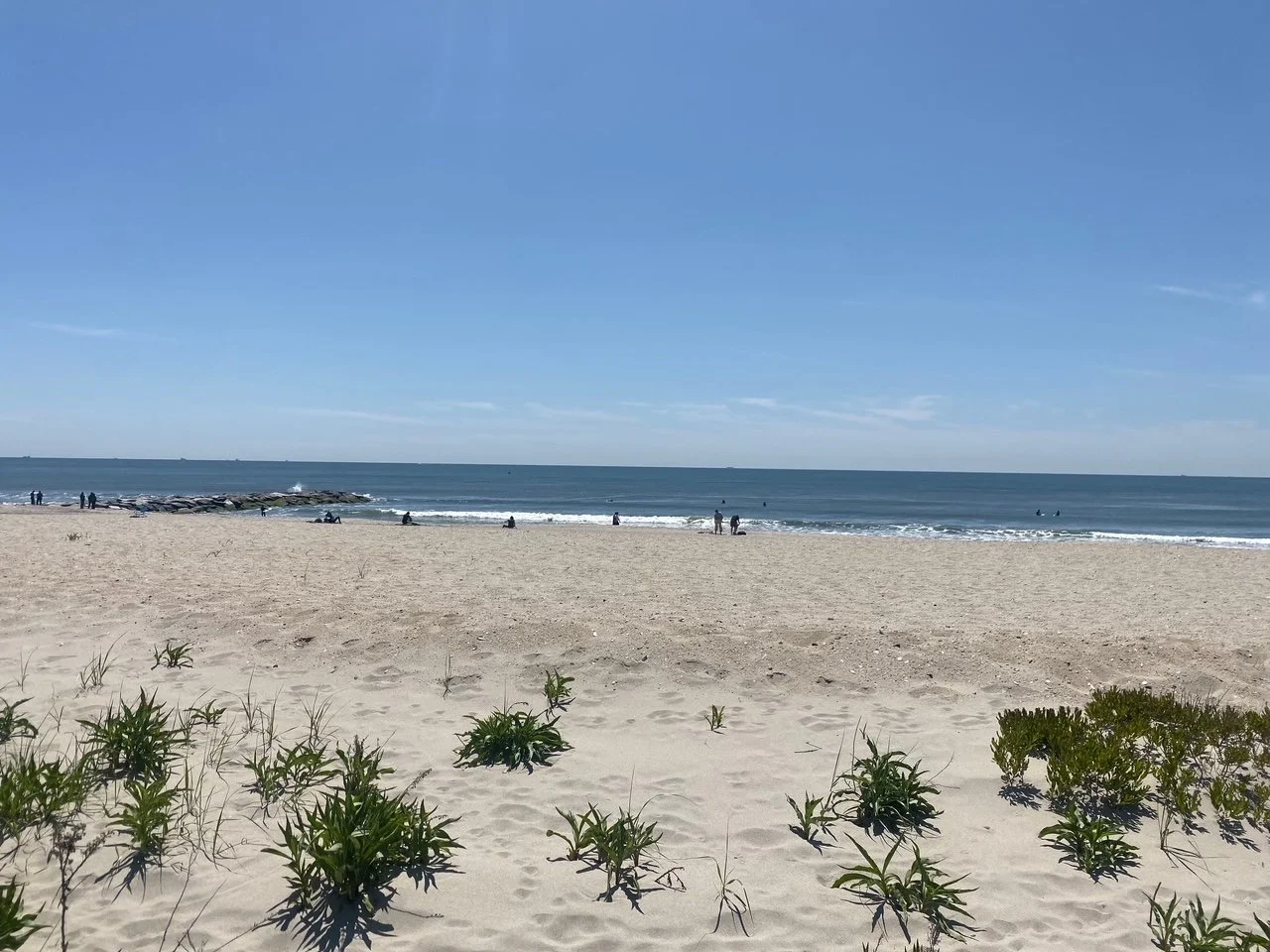Hochul lays out plans for Queens in State of the State address
/The Interborough Express will move on to its next phase, Governor Kathy Hochul said as part of her State of the State address on Tuesday, Jan. 9, 2024. Rendering via the MTA
By Ryan Schwach
On Tuesday, Governor Kathy Hochul delivered her 2024 State of the State address, discussing issues like affordability, housing and mental health. Her wider goals, outlined in a 180-page document, included a handful of plans that are specific to or stand to affect Queens.
In the State of the State document, Hochul detailed plans that included continuing work on the Interborough Express, building the state’s largest solar carport and updating maps on coastal erosion.
“We will never compromise our progressive values as New Yorkers, because our New York is as powerful as Niagara Falls, it shines as brightly as the Montauk lighthouse, our New York stands resolute as Lady Liberty, and our compassion runs as deep as glacier carved Seneca Lake,” Hochul said at the closing of her State of the State, given before a joint session of the state legislature, county and city leaders and the justices of the Court of Appeals on Tuesday.
Although her spoken speech centered around affordability and other broad statewide plans she hopes will usher in a “new day” for the Empire State, her full State of the State document deals with more specific goals that pertain to New Yorkers and Queens residents.
The Interborough Express
Among the plans laid out in the document, the governor included plans to move forward with the Interborough Express, a massive new transportation route that will connect South Brooklyn with Western Queens.
The route will decrease travel times, and could link 900,000 outer borough commuters, according to the governor and MTA.
In recent months, the MTA selected to make the IBX a light rail and has begun to share plans with the public on the plan and host open houses.
With support from the Hochul administration, the MTA will now initiate formal design and engineering of the IBX, “an essential step in allowing this project to proceed,” the document reads.
Hochul spoke about the IBX as well as other major transportation related infrastructure projects during her Tuesday afternoon speech.
“We’ll keep driving the long-delayed infrastructure and public transit projects, like the Second Avenue subway extension, the Interborough Express, the I-81 viaduct, the Kensington Expressway, creating thousands and thousands of good paying union jobs where workers can support their families,” she said.
After the speech, MTA brass also expressed pleasure with the governor’s renewed push for transportation initiatives.
“Today’s announcement is a vote of confidence in the future of mass transit and of New York City,” said MTA CEO Janno Lieber. “We look forward to charting the path forward for a potential future extension of Q train service across 125th Street to serve upper Manhattan and the Bronx, and also to taking the next step on another transformative project by advancing design of the Interborough Express for Brooklyn and Queens.”
Solar Carport
The governor’s State of the State document also announced the construction of the state’s largest solar carport, a large canopy of solar panels built above parking spaces.
The governor said that the project will be built at John F. Kennedy Airport, and that the energy collected by the solar carport will go to the airport and to surrounding South Queens neighborhoods.
The carport will be constructed by the Port Authority of New York and New Jersey.
The installation will create a combined 12.3 megawatts of solar energy, which will include storage to help reduce airport energy during peak periods.
“The project will reduce greenhouse gas emissions by nearly 6,000 metric tons annually and provide the benefits of clean power both to the airport and to nearby low-income neighborhoods in Queens,” the governor said. “It will also enable the Port Authority to make critically important progress on its 2025 and 2030 decarbonization emissions goals.”
Coastal Erosion Maps
The governor’s 2024 plans also included updating the state’s Coastal Erosion Hazard Area Maps, and, in doing so, hoped to protect the state’s shorelines, including those in Queens.
The maps, which show areas where coastal erosion is an issue, were drawn in the 1980s and have not been updated despite the increased effects of climate change and harsh coastal storms, which have led to worsening erosion.
The governor’s 2024 State of the State plans included efforts to upgrade coastal erosion maps, which will help protect the state’s shores, including the Rockaways in Queens. Eagle photo by Ryan Schwach
The maps, which can be accessed via the New York City Department of Buildings, currently only outline the Rockaway peninsula.
Hochul’s order to update the maps will allow agencies and municipalities to quickly determine if a project is being eyed for a hazard area.
“These updated maps will help protect the shorelines across New York State,” the document read.





